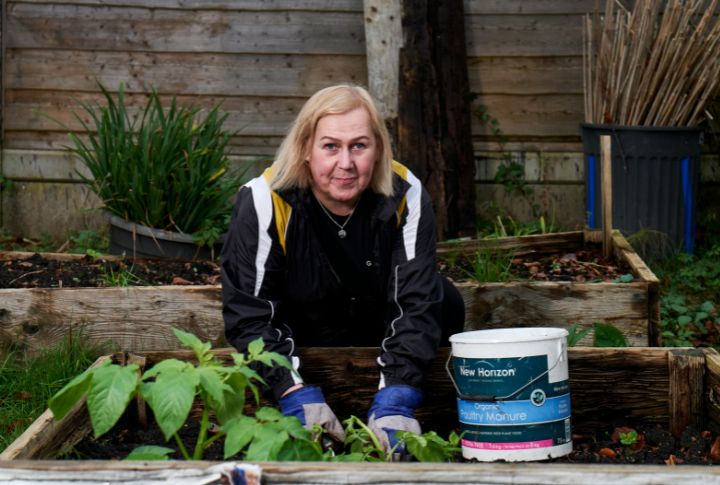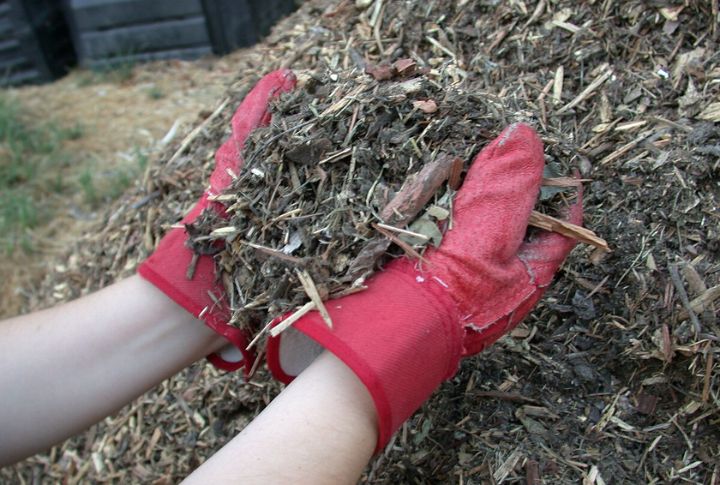
Nobody tells you that mulch has an expiration date—not the bag itself, but the actual usefulness of putting it down. Apply it too late, and it’s just wood chips sitting on frozen ground, doing nothing for your plants. So, when does helpful turn into pointless? Let’s break down the cutoff.
Mulching After The Ground Has Frozen
Once the soil has frozen, adding mulch is typically too late to provide meaningful insulation. While some suggest applying it just after the first frost, frozen ground prevents mulch from properly reaching roots. So, this leaves plants unprotected from winter temperature swings and reduces the mulch’s effectiveness.
Applying Mulch Once Perennials Are Deeply Dormant
At this stage, roots are already insulated naturally, and mulch may trap excess moisture, which increases fungal disease risk. Applying it earlier in the fall offers far better protection, as it helps moderate soil temperatures and shields roots before dormancy fully sets in.
Spreading Mulch After Repeated Hard Frosts
After several hard frosts, the soil has already gone through freeze-and-thaw cycles that push roots up and make the ground unstable. Therefore, mulching now cannot fix exposed roots or stop temperature changes, so plants stay at risk. To protect them, mulch should be applied before the hard frosts start.
Mulching When Daytime Highs Stay Below Freezing
Adding mulch at this stage provides minimal protection. The soil has stabilized at its winter lows, and mulch can no longer buffer temperature swings or warm roots. Its protective effect is negligible, and late application cannot undo existing cold stress on plant roots.
Adding Mulch After Fall Rains Saturates Soil

Excess moisture trapped beneath mulch can suffocate roots, encourage fungal growth, and attract pests. For effective winter protection, mulch should be applied to relatively dry soil, ensuring it protects without creating a damp environment that threatens plant health.
Mulching After The Snow Cover Settles
Snow already insulates the soil, and adding mulch afterwards can create uneven coverage, thereby reducing shielding. To shield roots effectively, apply mulch before snow arrives. Early mulching provides a consistent layer that shields against frost and fluctuating winter temperatures, keeping soil stable throughout the season.
Spreading Mulch Once Soil Heaving Starts
When soil starts heaving from freezing and thawing, mulch loses most of its effectiveness. Lifted roots remain unprotected, and applying mulch now won’t correct the instability. For real winter protection, mulch should be added before heaving begins, as it stabilizes the soil and cushions roots to help plants survive harsh cold cycles.
Applying Mulch After Plants Have Already Formed Ice Crystals
Once stems and crowns contain ice, any added mulch traps that frozen moisture against plant tissue. This slows thawing and increases the risk of rot. Mulch works best before ice forms, so it can prevent deep freezing, not hold icy pockets around vulnerable growth.
Mulching After Rodents Establish Winter Tunnels
When mulch goes down late in the season, it lands directly over tunnels that small mammals have already created for winter warmth. This provides rodents with extra cover and brings them closer to plant crowns. Early mulching discourages this behavior, but late mulching essentially rewards nesting right at the root level.
Adding Mulch Once Evergreen Shrubs Show Winter Burn
Evergreens that already exhibit leaf scorch or browning indicate stress from moisture loss. Mulching late cannot reverse this decline. It may even hold cold moisture around the base while the shrub is struggling, reducing its chance of recovery.

